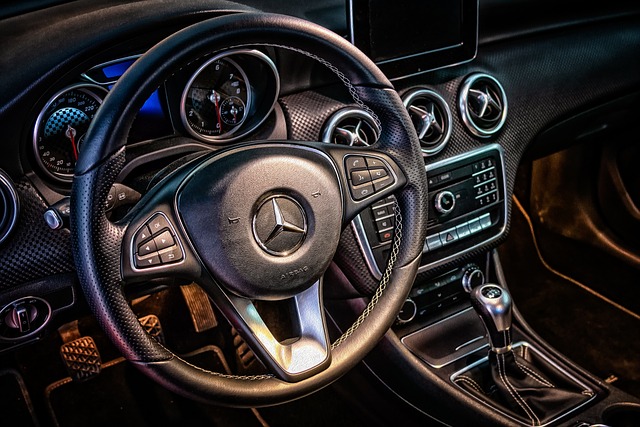Heat soak in engines, caused by high component temperatures from inadequate cooling, can be mitigated through strategic heat shield strategies. Key techniques include integrating cold air intakes (CAIs) to draw in cooler external air and using reflective coatings and heat-resistant materials like ceramic and fibreglass as heat shields. Optimizing CAIs with advanced heat shields ensures intake air remains cool, enhancing engine efficiency and performance by reducing heat soak for reliable, lasting operation under demanding conditions.
“Preventing heat soak, a common issue in engineering design, involves understanding its causes and effects. This article delves into strategies to mitigate this challenge, focusing on heat shield design and optimizing cold air intakes for enhanced temperature control. By examining these critical components, we explore innovative solutions that ensure efficient cooling systems, especially in high-heat environments. Heat shields and well-designed cold air intakes are game-changers, allowing engineers to navigate the complexities of thermal management.”
- Understanding Heat Soak: Causes and Effects
- Heat Shield Design Strategies
- Optimizing Cold Air Intakes for Temperature Control
Understanding Heat Soak: Causes and Effects

Heat soak, a phenomenon that can significantly impact performance and longevity, occurs when an engine’s components become excessively hot due to insufficient cooling. This issue is particularly prevalent in vehicles or machinery with poor heat management, especially under heavy load or during prolonged operation. Several factors contribute to heat soak, primarily related to the flow of cool air and heat transfer.
One of the primary causes is blocked or restricted cold air intakes, which hinder the intake of cool air, a crucial component for efficient cooling. Additionally, poor design or inefficient heat shields can lead to excessive heat buildup within engine components, such as cylinder heads or exhaust manifolds. High operating temperatures not only reduce engine efficiency but also accelerate wear and tear on vital parts, potentially leading to costly repairs or even catastrophic failure.
Heat Shield Design Strategies

To combat heat soak, designers employ various heat shield strategies focusing on redirecting airflow and enhancing cooling efficiency. One key approach involves integrating cold air intakes (CAIs) to draw in cooler external air, directly impacting internal component temperatures. CAIs are particularly effective in high-performance vehicles where engine bay temperatures can surge significantly.
Additionally, strategic material choices play a crucial role. Reflective coatings on engine components and heat-resistant materials like ceramic and fibreglass act as efficient heat shields, reflecting and dissipating heat energy rather than absorbing it. This dual-pronged approach—optimizing air flow and employing protective materials—is essential in maintaining optimal temperatures, ensuring the longevity of components, and maximizing overall system performance.
Optimizing Cold Air Intakes for Temperature Control

Optimizing cold air intakes (CAIs) is a strategic approach to enhance temperature control within an engine, thereby preventing heat soak. Heat shields designed specifically for CAIs play a pivotal role in this process by creating a barrier between the intake and external heat sources. This simple yet effective mechanism ensures that cold, dense air remains cool during its journey to the engine, maximizing efficiency and performance.
By integrating advanced materials with high thermal resistance properties, these heat shields can withstand elevated temperatures without compromising structural integrity. Furthermore, their strategic placement allows for optimized airflow, ensuring that the engine consistently receives a steady stream of cool, oxygen-rich air. This not only reduces the risk of heat soak but also enhances overall engine cooling, contributing to a more reliable and lasting performance under demanding conditions.
By implementing strategic heat shield design and optimizing cold air intakes, vehicles can effectively prevent heat soak, ensuring optimal engine performance and efficiency. These techniques play a pivotal role in managing temperatures, especially in challenging environmental conditions. Incorporating these strategies not only enhances the overall reliability of automotive systems but also contributes to improved driver comfort and reduced wear and tear. In today’s market, where temperature control is paramount, understanding and adopting these solutions are essential for creating cutting-edge vehicles.














